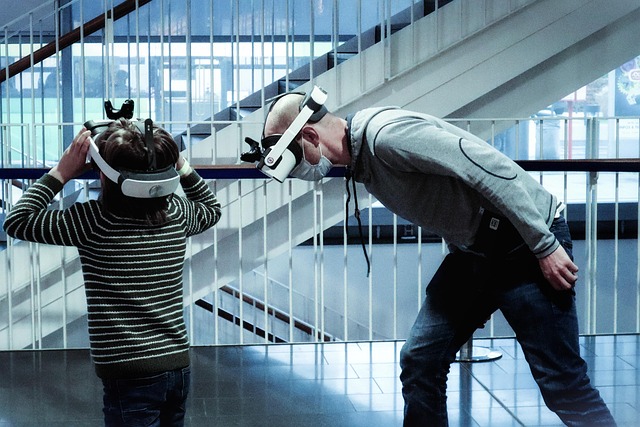Mastering Virtual Experiences: A Guide to Software Development
In today’s rapidly evolving digital landscape, creating immersive and engaging virtual experiences has become a cornerstone of innovation in the software industry. Whether you’re developing interactive simulations, augmented reality applications, or virtual reality environments, mastering virtual experience development is essential for crafting software that resonates deeply with users.
Understanding the Essence of Virtual Experience Development
Virtual experience development goes beyond just writing code; it involves designing spaces that feel tangible, interactive, and impactful. It’s about building environments where users can explore, learn, and connect in ways that blur the line between reality and the digital world. For software developers, this means embracing creativity and technical proficiency alike.
Core Components of Effective Virtual Experience Software
- User-Centered Design: Prioritize the user journey by understanding their needs and pain points. A seamless interface and intuitive navigation significantly enhance immersion.
- High-Performance Graphics: Leverage powerful rendering engines to create visually stunning and responsive environments, crucial for maintaining engagement.
- Real-Time Interaction: Integrate responsive elements that react instantly to user input, fostering a sense of presence and authenticity.
- Cross-Platform Compatibility: Ensure that your virtual experiences can be accessed across different devices and operating systems to reach a broader audience.
Tools and Technologies Driving Virtual Experience Development
Developers embarking on this journey have a plethora of tools at their disposal:
- Unity and Unreal Engine: These game engines offer robust environments for building immersive virtual worlds, with extensive libraries and community support.
- WebXR: Bringing virtual experiences to the web, this API enables developers to create accessible AR and VR content without the need for heavy installations.
- 3D Modeling Software: Tools like Blender or Maya are invaluable for crafting detailed assets that populate virtual spaces.
- Cloud Services: Utilizing cloud computing powers real-time multiplayer interactions and data synchronization.
Challenges and Rewards
The path to mastering virtual experience development is riddled with challenges—from ensuring performance optimization to addressing accessibility concerns. Yet, the reward is profound: software that transports users to new realms, evokes emotions, and transforms how we interact with technology.
Building Your Skillset
Embrace continuous learning by exploring interdisciplinary fields such as UX/UI design, 3D graphics, and human-computer interaction. Participate in communities, attend workshops, and experiment with prototyping. Each step forward deepens your ability to innovate within this exciting space.
By cultivating both technical expertise and empathetic design principles, software developers can pioneer virtual experiences that feel genuinely alive, making a lasting impact on users worldwide.




